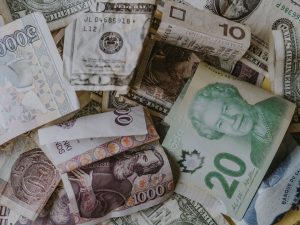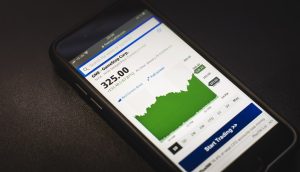The interbank forex market is an electronic network of banks and other financial institutions that trade currencies with each other. Interbank forex rates are the exchange rates between banks that are used to determine the value of one currency against another. These rates are not available to the general public, but they are used as a benchmark for other exchange rates that are available to the public.
The interbank forex market is different from the retail forex market, which is where most individual investors buy and sell currencies. The retail forex market is also known as the spot forex market, and it is where traders buy and sell currencies for immediate delivery. The interbank forex market, on the other hand, is where banks buy and sell currencies for their own accounts or on behalf of their clients.
Interbank forex rates are determined by supply and demand. When a bank wants to buy a currency, it will offer to pay a certain amount of another currency in exchange. If there are more buyers than sellers for a particular currency, the price will go up. If there are more sellers than buyers, the price will go down.
The interbank forex market is open 24 hours a day, five days a week, and it is the largest financial market in the world. According to the Bank for International Settlements, the average daily turnover in the global forex market was $6.6 trillion in April 2019.
In addition to banks, other financial institutions that participate in the interbank forex market include hedge funds, investment firms, and central banks. Central banks play a significant role in the forex market, as they are responsible for setting interest rates and managing the money supply in their respective countries. When a central bank changes its monetary policy, it can have a significant impact on the value of its currency.
Interbank forex rates are used as a benchmark for other exchange rates that are available to the public. For example, if you want to exchange US dollars for euros, you will not be able to get the interbank forex rate, but you will be able to get a rate that is close to it. The rate you get will depend on the exchange rate offered by the bank or exchange bureau, as well as any fees or commissions that they charge.
One of the advantages of interbank forex rates is that they are typically more accurate than exchange rates offered to the public. This is because banks and other financial institutions have access to real-time market data and can execute trades at very competitive prices. In contrast, exchange bureaus and other retail forex providers may not have access to the same level of market data and may have to rely on estimates or averages to determine their exchange rates.
Another advantage of interbank forex rates is that they are highly liquid. This means that there is always a buyer or seller available for any given currency pair, and the spreads (the difference between the bid and ask price) are usually very tight. This makes it easy for banks and other financial institutions to trade currencies quickly and efficiently.
In conclusion, interbank forex rates are the exchange rates used by banks and other financial institutions to trade currencies with each other. These rates are not available to the general public, but they are used as a benchmark for other exchange rates that are available to the public. The interbank forex market is the largest financial market in the world, and it is open 24 hours a day, five days a week. Interbank forex rates are determined by supply and demand, and they are typically more accurate and liquid than exchange rates offered to the public.





